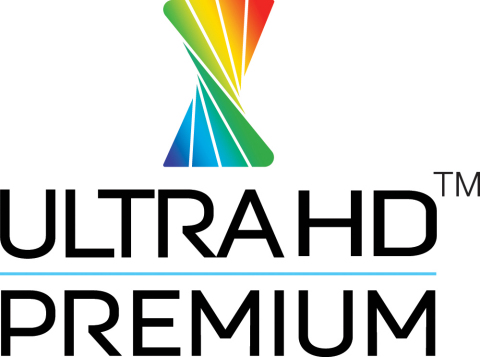It was supposed to be a great unifier, a coming together of the industry in one big, happy family to solve a common problem: defining the UHD standard and fostering the Ultra HD ecosystem, especially for the in-home experience.

For example, UHD Alliance Board members are executives from DIRECTV, Dolby, LG Electronics, Netflix, Panasonic, Samsung, Sony, Technicolor, The Walt Disney Studios, Twentieth Century Fox, Universal Pictures and Warner Bros. Entertainment.

This year the group set standards for resolution, peak luminance, high dynamic range (HDR), black levels and wide color gamut, and unveiled an "Ultra HD Premium" logo for UHD devices, content and services that meet their standards.
But like many families, there was a black sheep, someone reluctant to join in all the UHD standard family games.
Vizio, one of the largest flat-panel sellers in the U.S. specifically objects to the UHD Alliance's requirement to sets the peak brightness for UHD TVs at in excess of 1000 nits. Vizio argues UHD Alliance's testing requirement only measures the brightness of the centerpoint of a test pattern and not how the surrounding black level is affected.

Vizio is also reported to be displeased with the dynamic range spec of the UHD Alliance's certification. For example, Vizio's Reference Series UHD sets with an 800,000:1 contrast ratio still wouldn't meet the UHD Alliance's Premium 4K spec (because of the Alliance's peak brightness vs. black level spec of 1000 nit brightness with 0.05 nits black level).
Vizio intends to focus on Dolby Vision while the UHD Alliance is suggesting if Vizio had joined in with in the Alliance's efforts, they wouldn't be now sitting outside the Alliance bitching about the particulars.
UHDA specification and testing protocols grew from collaboration with 35 members and their Ultra HD Premium spec is, according to the organization, format agnostic.

For example, UHD Alliance Board members are executives from DIRECTV, Dolby, LG Electronics, Netflix, Panasonic, Samsung, Sony, Technicolor, The Walt Disney Studios, Twentieth Century Fox, Universal Pictures and Warner Bros. Entertainment.

This year the group set standards for resolution, peak luminance, high dynamic range (HDR), black levels and wide color gamut, and unveiled an "Ultra HD Premium" logo for UHD devices, content and services that meet their standards.
But like many families, there was a black sheep, someone reluctant to join in all the UHD standard family games.
Vizio, one of the largest flat-panel sellers in the U.S. specifically objects to the UHD Alliance's requirement to sets the peak brightness for UHD TVs at in excess of 1000 nits. Vizio argues UHD Alliance's testing requirement only measures the brightness of the centerpoint of a test pattern and not how the surrounding black level is affected.

Vizio is also reported to be displeased with the dynamic range spec of the UHD Alliance's certification. For example, Vizio's Reference Series UHD sets with an 800,000:1 contrast ratio still wouldn't meet the UHD Alliance's Premium 4K spec (because of the Alliance's peak brightness vs. black level spec of 1000 nit brightness with 0.05 nits black level).
Vizio intends to focus on Dolby Vision while the UHD Alliance is suggesting if Vizio had joined in with in the Alliance's efforts, they wouldn't be now sitting outside the Alliance bitching about the particulars.
UHDA specification and testing protocols grew from collaboration with 35 members and their Ultra HD Premium spec is, according to the organization, format agnostic.